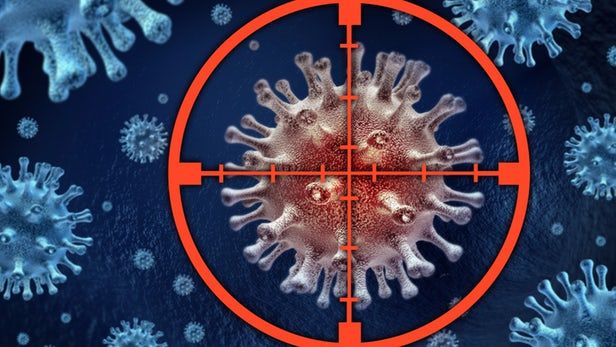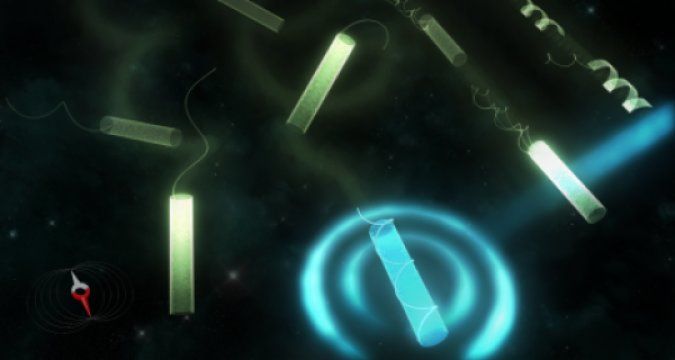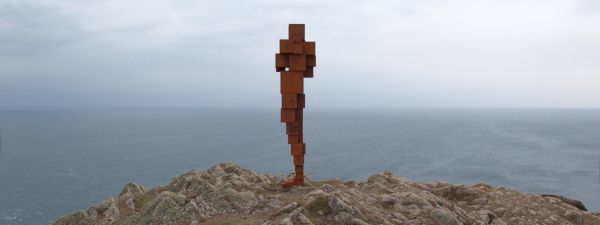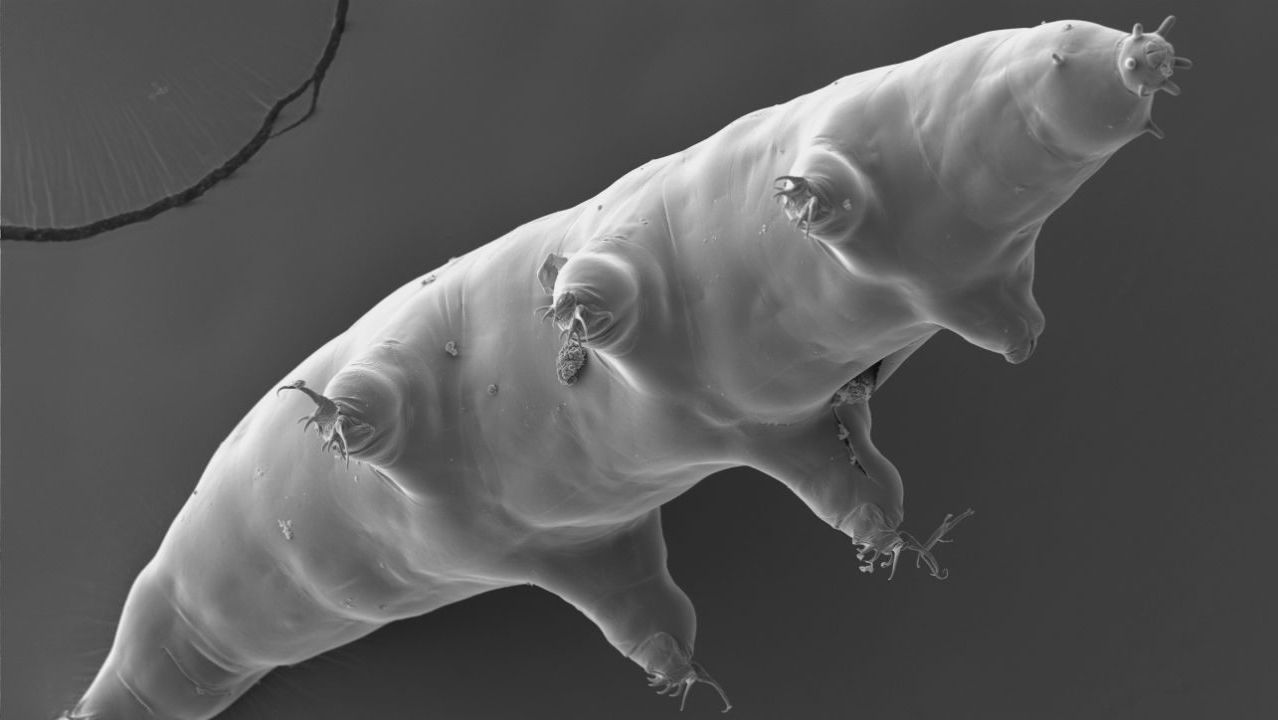When a malignant tumor invades the body, immune cells rush to the site to begin to fight it. When that same tumor spreads throughout the body, however, the cancer cells become invisible to our immune systems and can metastasize unencumbered by our natural defenses. Researchers out of the University of British Columbia (UBC) are on to cancer’s tricky cloaking mechanism though, and their discovery could lead to new approaches to attacking the disease.
“We discovered a new mechanism that explains how metastatic tumours can outsmart the immune system and we have begun to reverse this process so tumours are revealed to the immune system once again,” said Wilfred Jefferies, senior author of a new study in Scientific Reports and a professor of medical genetics and microbiology and immunology at UBC.
The discovery hinges on a protein called interleukein-33, or IL-33 that’s present in primary tumors. When the tumors emit this protein, it causes another protein complex known as the major histocompatibility complex (MHC) to activate, which tags the cancer cells as a bad presence in the body and guides the immune system to get to work destroying them.









